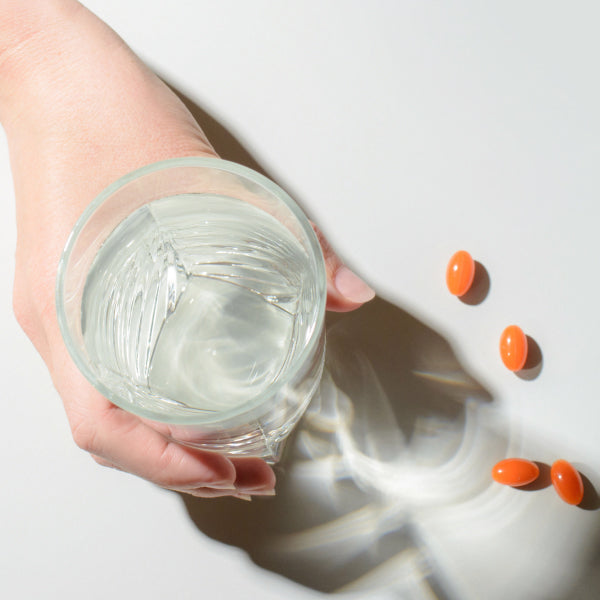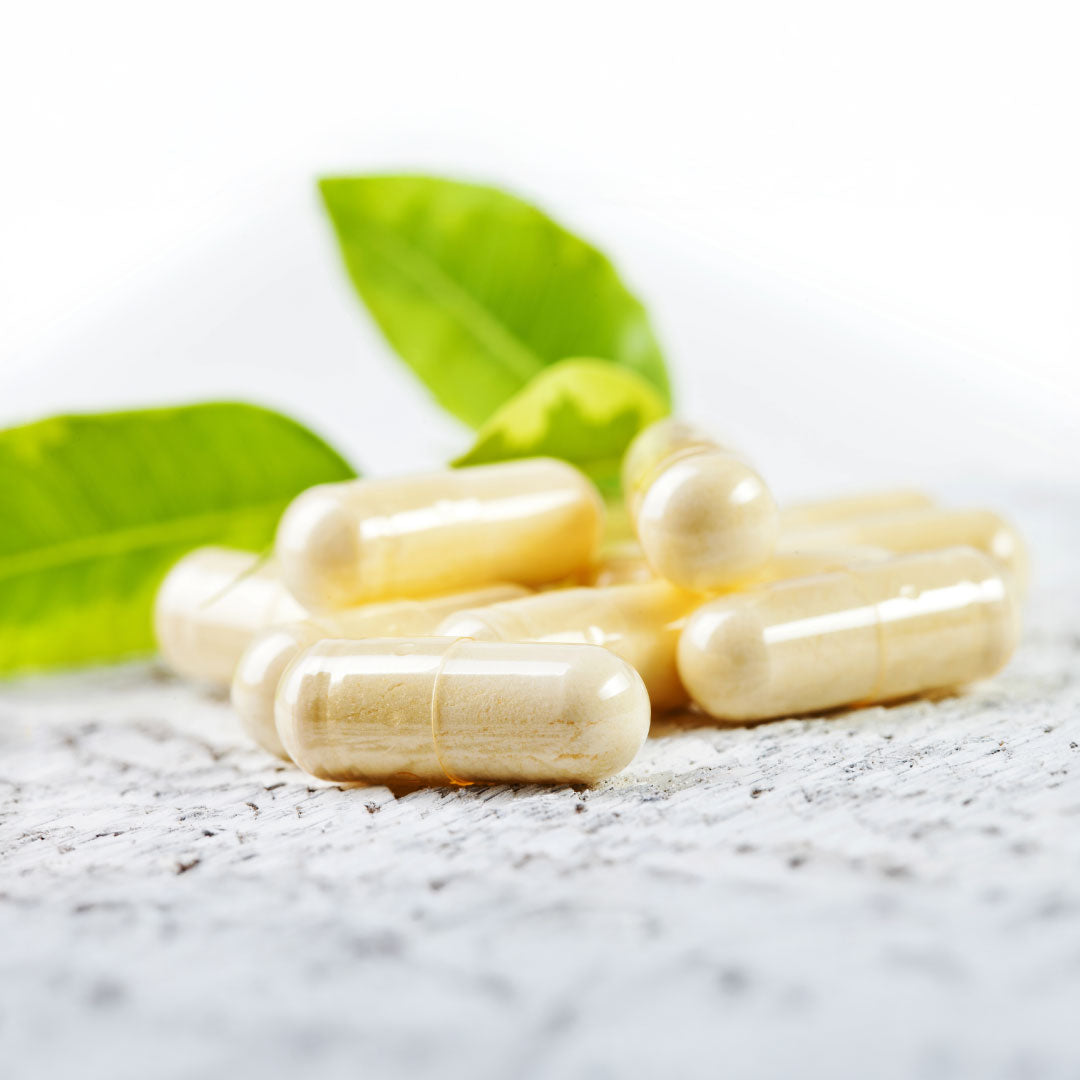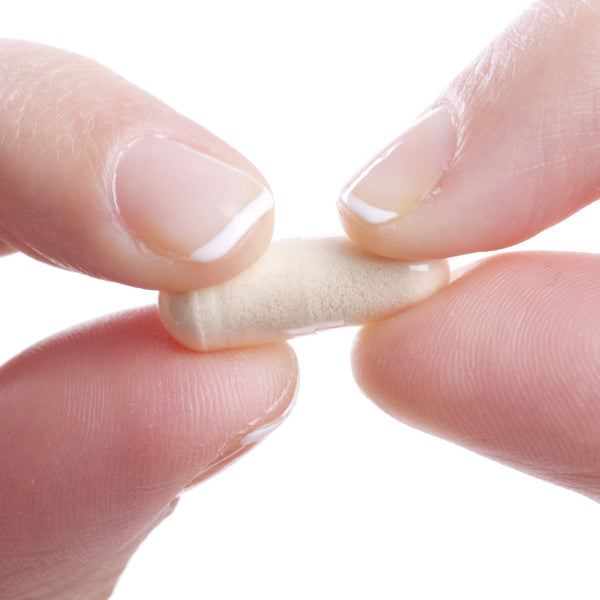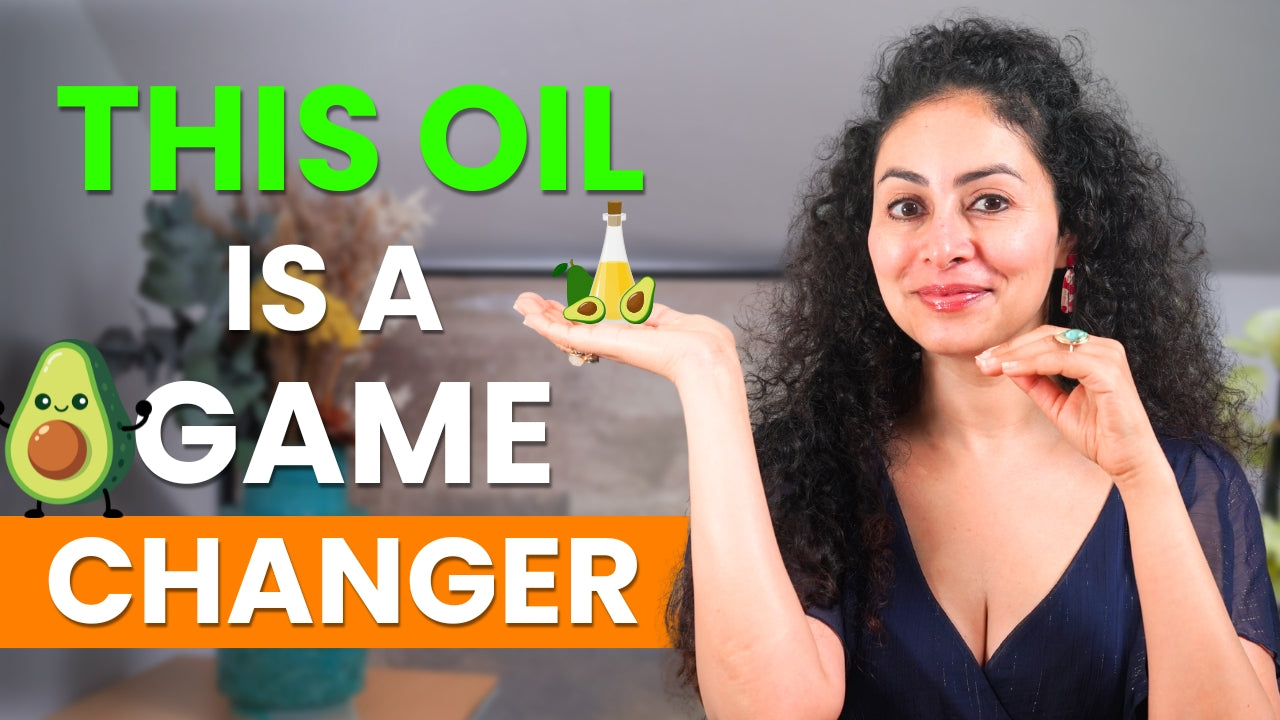We have all heard the buzz about turmeric. This vibrant golden spice, a staple in curries and golden milk lattes, has gained a powerful reputation as a natural warrior against pain and inflammation. If you are one of the millions navigating the daily discomfort of stiff joints, muscle soreness, or chronic aches, you have likely found yourself standing in the spice aisle, wondering if the solution could really be that simple. You might be diligently adding extra turmeric to your meals, hoping to unlock its acclaimed benefits for natural pain relief.
But what if we told you that simply sprinkling this spice on your food is like bringing a garden hose to a house fire? While your intentions are sound, the turmeric powder in your kitchen cabinet lacks the potency to deliver the therapeutic results you are seeking. The secret to transforming turmeric from a simple seasoning into a powerful agent for pain management lies in understanding a crucial scientific concept that most people overlook.
This article will pull back the curtain on why the form of turmeric you use matters immensely. We will explore the difference between the spice and its active compound, uncover the challenge of absorption that holds it back, and reveal how modern supplements have cracked the code. Prepare to learn how you can finally harness the true potential ofturmeric for pain relief and make informed choices that lead to real results.
The Spice Versus The Powerhouse Compound
The first thing to understand is that turmeric and its most celebrated component are not one and the same. Think of it like this an orange is a delicious fruit, but its health fame largely comes from the vitamin C found within it. Similarly, the turmeric root, which is ground to make the spice, contains a group of powerful compounds called curcuminoids.
The most important and well-researched of these curcuminoids is curcumin. Curcumin is the star player. It is the bioactive compound responsible for the vast majority of turmeric’s impressive anti-inflammatory and antioxidant effects. This is the part of the spice that scientists study when they investigateturmeric for joint pain and other inflammatory conditions.
Here is the catch. The turmeric powder you buy at the grocery store contains a surprisingly small amount of curcumin, typically only about 3% by weight. This means that to get a therapeutic dose of curcumin, you would have to consume an enormous and impractical amount of turmeric spice every single day. You would be eating spoonfuls of the stuff, which is not only unappetizing but could also lead to stomach upset. So, while that pinch of turmeric in your dinner is a healthy and flavorful addition, it simply does not contain enough curcumin to act as an effective tool for managing significant pain.
The Bioavailability Hurdle You Must Overcome
Even if you could consume a large amount of curcumin, your body faces another major roadblock. This obstacle is a scientific concept called bioavailability, and it is the single most important factor in determining whether a supplement will work for you.
In simple terms, bioavailability refers to the proportion of a substance that actually enters your bloodstream after you ingest it, allowing it to have an active effect on your body. Imagine you have a key to a locked door. Bioavailability is the measure of how successfully you can get that key into the lock to open it. If the key is flimsy and breaks before it can turn the lock, it has low bioavailability.
Curcumin, in its natural state, has notoriously poor bioavailability. When you consume it, your body launches a rapid two-pronged defense that prevents it from reaching the places it needs to go. First, it is very unstable in the intestine and is quickly metabolized by your liver. Your body essentially sees it as a foreign substance and works overtime to alter and excrete it before it can be absorbed. Second, what little is left is not easily absorbed through the intestinal wall into the bloodstream.
The result is that the vast majority of the curcumin you consume is neutralized and flushed out of your system without ever having a chance to work its magic. This is the primary reason why many people who try using plain turmeric powder for pain relief become discouraged. They are not feeling the effects because the active compound is not successfully making the journey from their stomach to their bloodstream and tissues.
Unlocking Curcumin's Potential with Smart Formulations
This is where the science of supplementation comes to the rescue. Researchers have identified this bioavailability problem and have developed ingenious, natural ways to solve it, transforming curcumin from a poorly absorbed compound into a highly effective therapeutic agent. Thebest turmeric supplements for inflammation are not just plain curcumin they are intelligently designed formulations created specifically to enhance absorption.
The Piperine Partnership
One of the most significant breakthroughs in curcumin supplementation came from studying a simple, everyday spice black pepper. Black pepper contains an active compound called piperine, which is responsible for its pungent taste. Scientists discovered that piperine has a remarkable ability to act as a "bio-enhancer."
Piperine works by inhibiting certain metabolic enzymes in your liver and intestinal wall. Think of these enzymes as the security guards that quickly escort curcumin out of your body. Piperine essentially distracts these guards, allowing curcumin to slip past them and enter the bloodstream in much higher concentrations. Studies have shown that combining curcumin with piperine can increase its bioavailability by an astonishing 2000%. This dynamic duo is a cornerstone of effectivecurcumin for pain relief, ensuring the compound gets where it is needed to fight inflammation.
The Role of Healthy Fats
Another key strategy for boosting curcumin's effectiveness hinges on its chemical nature. Curcumin is lipophilic, which is a scientific way of saying it is "fat-soluble." It dissolves in fats rather than water. This property can be used to our advantage.
When curcumin is consumed on its own, its water-insoluble nature makes it difficult for the aqueous environment of our gut to process and absorb it. However, when it is combined with healthy fats or lipids, the game changes. Your body absorbs fats through a different pathway, the lymphatic system, which bypasses the initial metabolic processes of the liver.
Advancedturmeric supplements for inflammation leverage this by binding curcumin to a fat-soluble molecule, such as a phospholipid (a type of fat that is a major component of our cell membranes). This creates a protective bubble around the curcumin, allowing it to be more easily transported through the intestinal wall and into the body. This method not only improves absorption but can also help the curcumin better penetrate cell membranes to do its job.
How Enhanced Turmeric Fights Joint Pain and Inflammation
Now that we understand how to get curcumin into the bloodstream, we can explore how it actually works to relieve pain, especially the chronic discomfort associated with joint issues. The pain and stiffness you feel in your knees, hips, hands, and back are primarily caused by chronic inflammation.
When your body's tissues are injured or irritated, your immune system releases a cascade of inflammatory chemicals and enzymes. While this is a helpful short-term response, in conditions like arthritis, this inflammatory process becomes chronic and starts to damage the joint tissues, leading to persistent pain, swelling, and reduced mobility.
This is where bioavailable curcumin shines. Once absorbed into your system, curcumin works at a molecular level to powerfully interrupt this inflammatory cascade. It helps block the activity of several key inflammatory molecules and enzymes, most notably one called NF-kappa B, which is considered a master switch for inflammation. By turning down this switch, curcumin helps to:
-
Reduce Swelling: It calms the inflammatory response in the joint lining, leading to less puffiness and fluid buildup.
-
Alleviate Pain: By lowering inflammation, it reduces the pressure and chemical irritation on nerve endings in the joint, directly decreasing pain signals.
-
Improve Mobility: As pain and swelling subside, joints can move more freely, helping to restore function and flexibility.
Therefore, the enhanced absorption provided by piperine or fat-based formulations is the direct link to achieving effectiveturmeric for joint pain. It ensures that enough curcumin reaches the inflamed joint tissues to exert these powerful, calming effects.
Your Guide to Choosing the Best Turmeric Supplement
Navigating the supplement aisle can be overwhelming, but now you are armed with the knowledge to make an expert choice. Simply grabbing the bottle with the highest milligram count is not the best strategy. The effectiveness ofturmeric for pain relief is all about the formulation, not just the dose.
When you are ready to purchase a supplement, turn the bottle around and scrutinize the label. Here is exactly what to look for to ensure you are buying a product that will actually work.
What to Look For on the Label
-
Standardized to 95% Curcuminoids: Do not settle for a supplement made from simple "turmeric powder." Look for an extract that is standardized to contain 95% curcuminoids. This guarantees you are getting a potent and consistent dose of the active compounds in every capsule.
-
A Proven Bio-Enhancer: This is non-negotiable. The label must list a key ingredient dedicated to boosting bioavailability. The most common and well-researched is black pepper extract. You will often see it listed aspiperine or under the patented and clinically studied nameBioPerine®.
-
Advanced Formulations (Liposomal or Phytosome): Some of thebest turmeric supplements for inflammation use even more advanced delivery technologies. Look for terms like:
-
Liposomal Curcumin: This means the curcumin is encapsulated in tiny fat bubbles (liposomes) to protect it and enhance absorption.
-
Phytosome Technology: This involves binding the curcumin extract to a phospholipid, like phosphatidylcholine. A common patented example isMeriva®. These technologies can offer superior absorption and sustained release in the body.
-
Clear Dosage Instructions: A reputable brand will provide clear instructions on how many capsules to take and whether they should be taken with a meal (which can further aid the absorption of fat-soluble curcumin).
By looking for these key markers, you can confidently choose a supplement that is designed for maximum impact, ensuring the curcumin you take can actually be used by your body to fight pain and inflammation effectively.
Your Path to Natural Relief
The journey from a golden spice to a powerful natural pain reliever is one of science and innovation. While the turmeric in your spice rack is wonderful for adding flavor and a mild antioxidant boost to your food, it falls short of providing the therapeutic dose needed for significant pain management. The true potential of this ancient root is only unlocked when its active compound, curcumin, is extracted, concentrated, and combined with a bioavailability enhancer.
By choosing a high-quality turmeric supplement that is formulated with piperine or a lipid-based delivery system, you are ensuring that your body can absorb and utilize this remarkable compound to its fullest potential. You are giving yourself a real opportunity to combat inflammation at its source, leading to less pain, improved joint function, and a better quality of life.
Now that you know what to look for, take the next step. Examine the supplements in your cabinet or on the store shelf. Choose wisely, and you may soon discover the profound and natural relief that a well-formulated turmeric supplement can provide.















